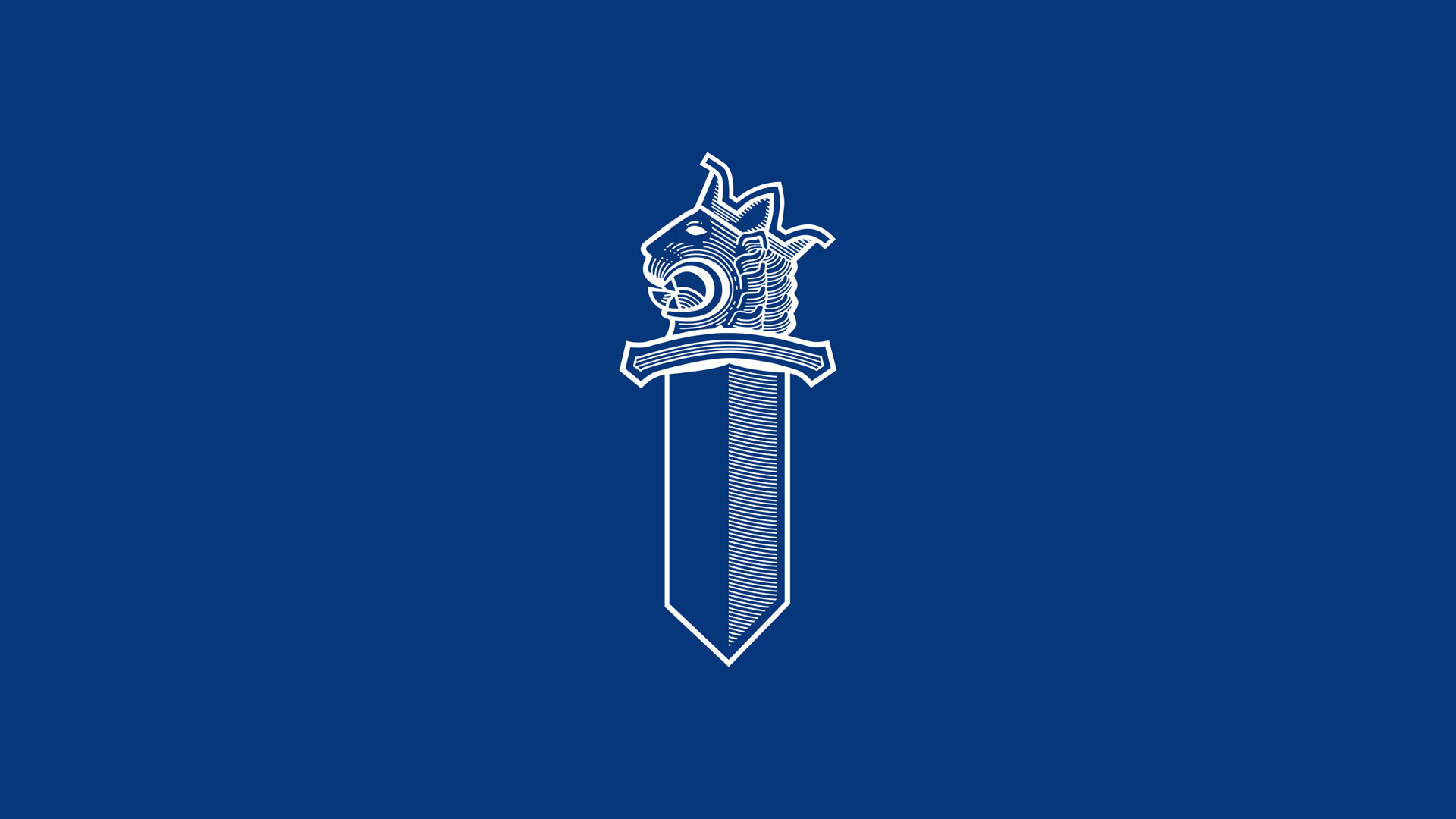Police monitored illicit trafficking on information networks
During the first part of the year, the police monitored illicit drug and arms trafficking, particularly on information networks. The results show that criminals are actively using cybercrime for drug trafficking and arms dealing.

Cybercrime is constantly on the rise
Technology has changed people's lives in many ways over the past few decades. Technological advances have brought new opportunities, made everyday life easier, improved health and wellbeing, promoted communication and cooperation, and enhanced leisure time.
Technology has also enabled new innovations and solutions to problems and challenges. However, technological advances have not only had positive impacts but have also provided new means for criminal activities, such as illicit trafficking on information networks.
In drug-related crime, this means that a drug dealer places a sales ad on a trading platform and anyone can start trading in the illegal substances on offer. Weapons are also traded in the same way.
The police are where the people are. Traditionally, this has meant real-world face-to-face encounters, but in today's world, the police need to be present in the virtual world too. Police "patrols" today no longer mean just patrolling the streets in a police car, but also patrolling the cyber world.
During the first part of 2024, the police have dedicated part of their working time to monitoring in particular illegal drug and arms trafficking in information networks.
Monitoring results
The monitoring results show that criminals are actively using information networks to traffic drugs, regardless of the police department area. Weapons are also a commodity, as was thought to be the case when planning the monitoring.
The police filed a total of a couple of hundred police reports, mainly consisting of drug-related offences, during the surveillance. A total of 24 reports of various firearms offences were filed. Monitoring also proved to be effective in terms of seizures, which included more than 7 kg of amphetamines and more than 5 kg of marijuana. Smaller quantities of other drugs were also seized, as well as medicines classified as narcotics, such as Subutex, which is used to treat opioid dependence. As regards firearms, seizures included handguns, so-called long firearms, weapons classified as particularly dangerous and hundreds of cartridges.
Chief Superintendent Toni Sjöblom at the National Police Board of Finland says that one important way to influence criminal activity is to confiscate the proceeds of crime. The monitoring operation resulted in the confiscation of more than €40 000 in cash.
The police also made extensive use of coercive measures to solve crimes. During the monitoring period, more than 100 persons were apprehended, of whom more than 30 were arrested and 16 were remanded in custody. In total, almost 300 searches of homes and devices were carried out. In the detection of drug trafficking, the police will inevitably also target people who use drugs. For them, the police provided treatment guidance to 46 people during the monitoring period.
Find out about different forms of scams
Cybercrime is constantly on the rise. In addition to illicit trafficking, cybercrime is used to scam in a wide variety of ways.
“Young and elderly people in particular should discuss the issue with friends and family and read, for example, the information available on the police website,” Chief Superintendent Toni Sjöblom at the National Police Board recommends.
Drug-related crime - drug use is reflected in public order and safety - Police
socialShareGray




